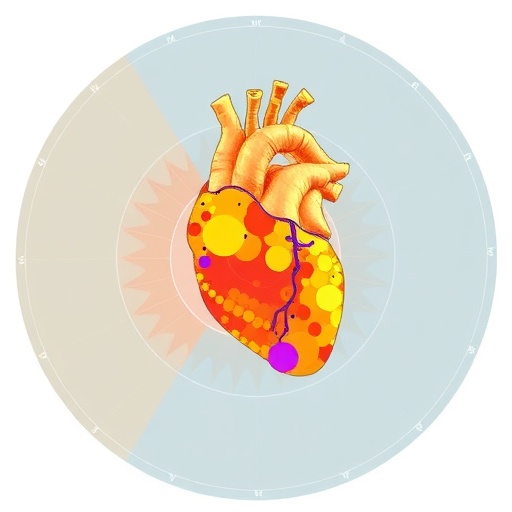In recent years, environmental groups have been calling out cosmetic preservatives as suspected endocrine disruptors, cancer-causing agents and skin irritants. The campaigns have resulted in new restrictions on certain preservatives. But, as reported in Chemical & Engineering News (C&EN), the weekly newsmagazine of the American Chemical Society, the shrinking list of approved preservatives is having unintended consequences.
Marc S. Reisch, a senior correspondent at C&EN, notes that preservatives play a key role in cosmetics. They prevent mold, fungi and bacteria from growing in creams, makeup and shampoos. Left unchecked, contaminants can spoil products or cause skin or eye infections or worse. Regulators are working through claims on individual compounds to determine whether they're safe at various concentrations. In the meantime, some companies are phasing out or lowering levels of preservatives — even those that regulators have approved, including certain parabens.
By and large, cosmetics remain safe today. But the scrutiny has resulted in a shorter list of preservatives for cosmetic formulators to choose from. And replacing the ones that are stricken has become very challenging. Developing a new preservative can take years. And, in Europe, animal testing for cosmetics is banned, making it even more difficult for researchers catering to that market to fully analyze novel alternatives for safety. Some industry experts are concerned that fewer preservatives could allow bacteria to develop resistance and that lower concentrations will curtail products' shelf-life.
###
The American Chemical Society is a nonprofit organization chartered by the U.S. Congress. With nearly 157,000 members, ACS is the world's largest scientific society and a global leader in providing access to chemistry-related research through its multiple databases, peer-reviewed journals and scientific conferences. Its main offices are in Washington, D.C., and Columbus, Ohio.
To automatically receive news releases from the American Chemical Society, contact [email protected].
Follow us: Twitter Facebook
Media Contact
Michael Bernstein
[email protected]
202-872-6042
@ACSpressroom
http://www.acs.org
############
Story Source: Materials provided by Scienmag




